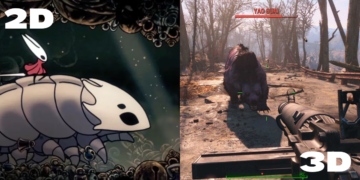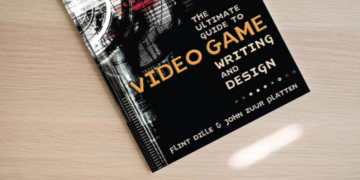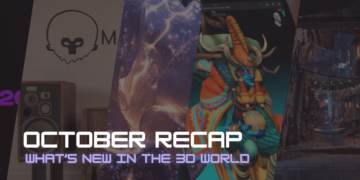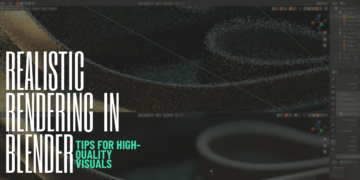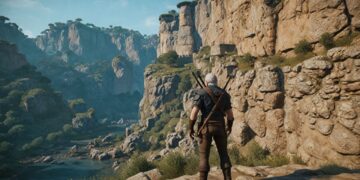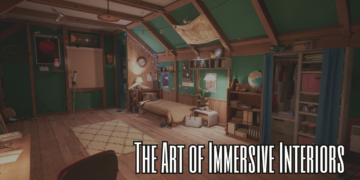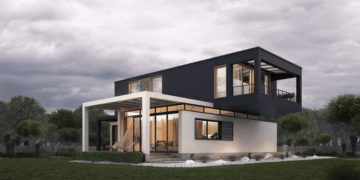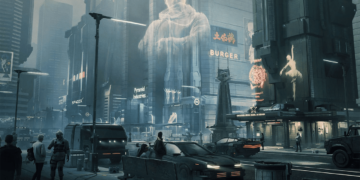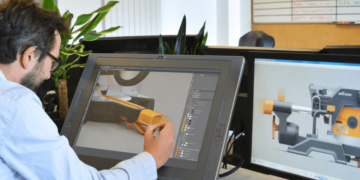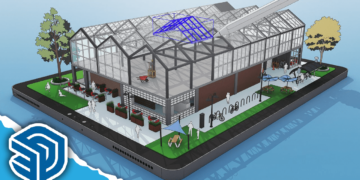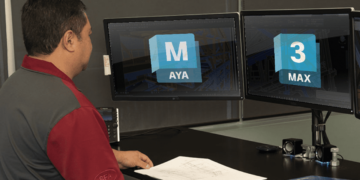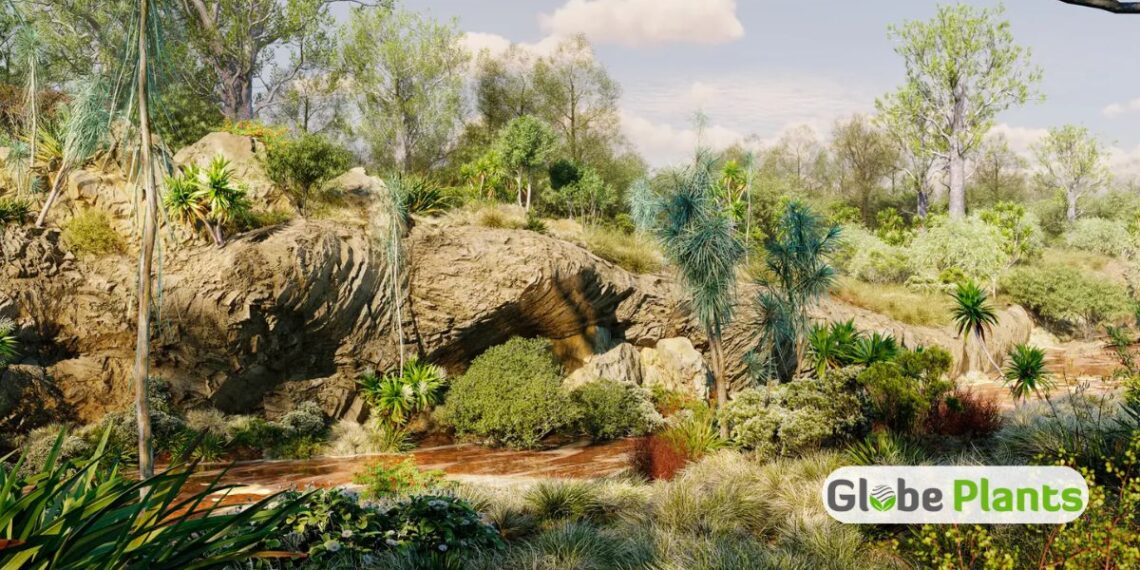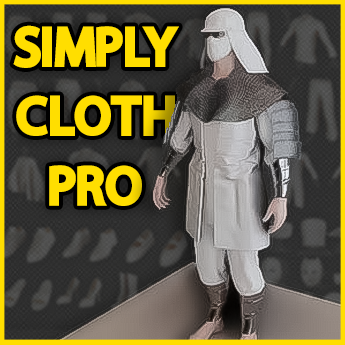The world of environment art is very subtle, a field where the little details make the bigger picture. For that, we would need two things, first, a skillset that can live up to such craft, but that alone is nothing without quality assets that can enable us to unleash our imaginations!
To create believable 3D Environments, and To meet the demands of everyday challenges as a 3D artist you need the right tools. so, allow me to introduce you today to Globe Plants, an excellent resource for environment artists, and one that provides us with quality nature-focused assets, which are in high demand by everybody, maybe including you.
What is Globe Plants:
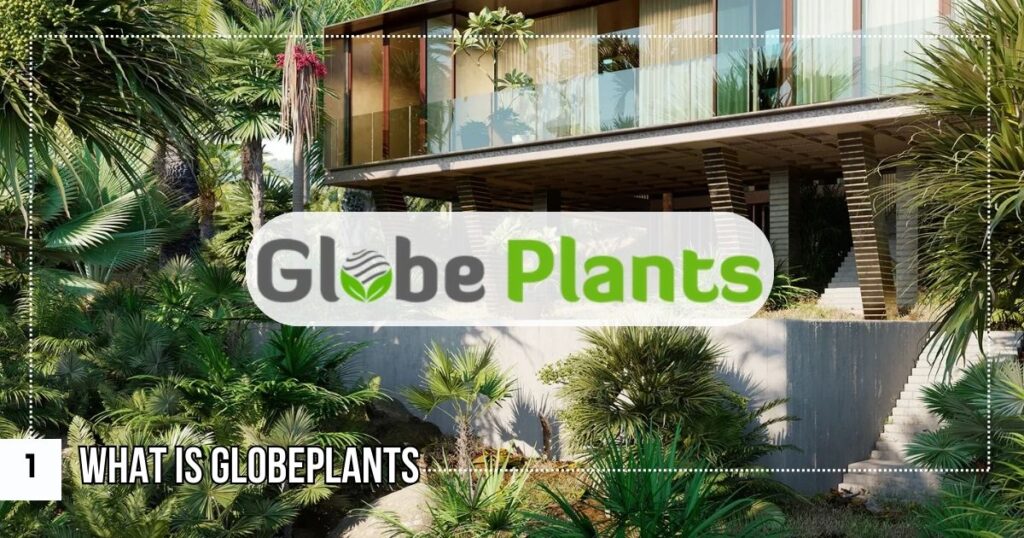
Globe Plants is a website that provides and sells collections of high-quality plant-based 3D models, here, I’m talking about everything foliage-related, such as trees, grass, flowers, you name it! These assets were made by experts in the field with years and years of experience in 3D modeling, product visualization, and knowledge of the various plant species that grow in different atmospheres, to create some of the most life-like and top-quality 3D models. All of these assets also come with pre-made highly realistic textures, which are ready to be rendered right away! Now, let’s put this theory to the test, by discovering some of their collections!
Overview of their Bundles and Plant types + review of the qualities of the assets:

Globe Plants offers bundles and collections of assets from all of the different areas of the world, and they are sorted by region and types. For example, regions like America, Africa, and Europe, and asset types such as Trees, aquatics and grass, these are also divided into the likes of Agricultural Plants, interior pot plants, or the ones we can find in the wild. And usually, each bundle comes with a collection of different plant types, which are centered around one theme, for instance, we have a bundle of Hawaiian-based plants or Japanese ones, you get the idea!
This means that no matter what sort of environment or region we want to base our scenes on, Globe Plants most likely offers a collection for it! thanks to their wide range of shapes, seasons, and species to fit any scene.
Let’s take as an example the region of Asia, we can find plants exclusive to specific regions, like the iconic Sakura trees in Japan, but also plants that are widespread all over Asia, such as Olive, Lemon, or Strawberry fields, I went through some of the assets myself, and I believe they’re excellent to fit any kind of environment or mood we’re going for. and in terms of quality, believe me, they are really good, and this could be supported by how the industry thinks about it, proven with the partnerships they have with the likes of Chaos, the company behind the V-ray render engine.
They offer high-poly versions of the assets if you want to use them for VFX or Advertising production for example, but these can be hardware intensive, and they may not be suitable for stuff like video games, which is why they also offer low-poly versions of the assets! but don’t let that label fool you, because while the use of the high poly ones is preferable, the low poly versions still preserve that quality.
How can these be used, and what are the most optimal ways to do so:
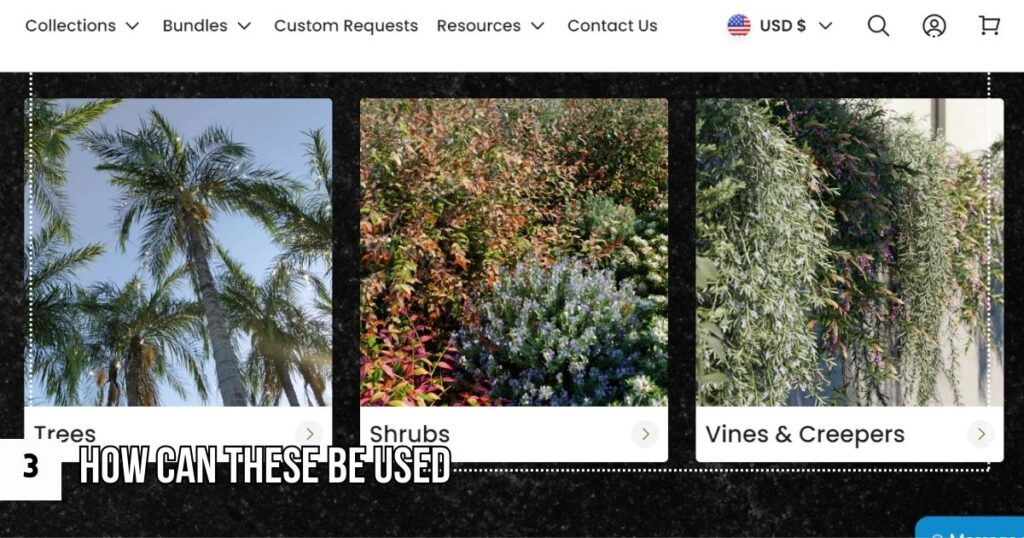
Now how can these be used? Well, for anything to be honest, these packs can be used in so many ways, and for a lot of fields, such as VFX, Video game development, architectural visualizations, or anything for that matter! From an art point of view, I would recommend using collections from only one region as the main component of an environment, because generally, it’s how they usually grow, as families of plants mean, but of course, you can always spice it up with assets from other regions left and right. This could help ensure a certain level of consistency or a wildness effect, and to make your scenes look more appealing.
From a technical point of view, as we said, the high poly assets can be challenging to work with with weaker machines, which is why we recommend the use of low poly assets in that case, but even for scenes that won’t need that much of zooming in on your environments, such as a shot from a hill for example, then it is also recommended to go with the low-poly assets, with only a few high poly ones left and right that could be the main elements of your work.
Formats and Files it supports:
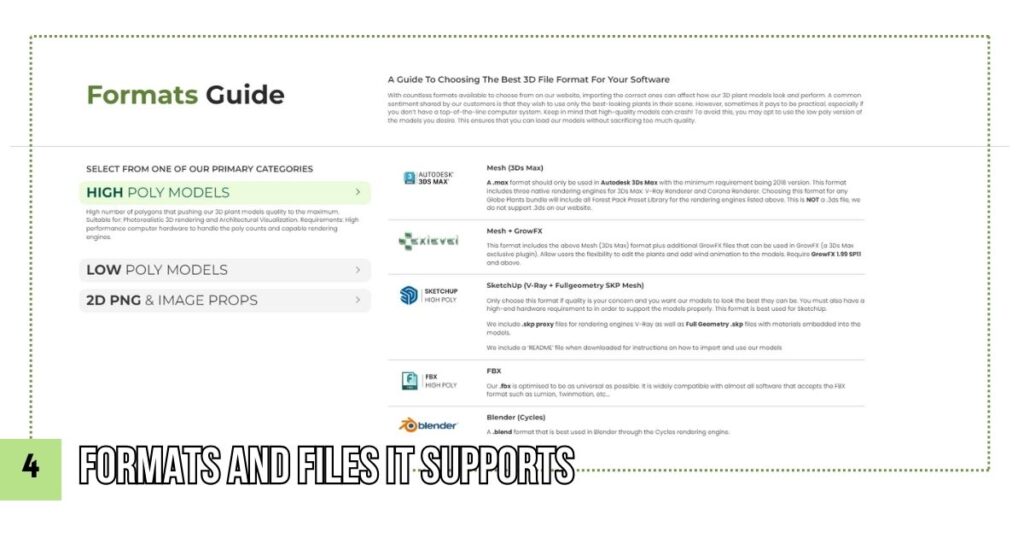
In terms of formats, Globe Plants also offer countless file types to choose from! As we all know, importing the right 3D models to your software, can help you avoid headaches, from incompatibility issues, and having to do manual adjustments.
We can, for instance, download the Blender version of the models, where we can find the assets with the textures already being assigned in the correct spots, meaning that we can instantly get creative with them, instead of the routinely texture assigning, that no one of us like to do if we’re being honest. Similarly, we can find file formats for all the popular 3D packages, such as 3DS Max, Cinema 4D, and Sketchup. As an alternative, you can also download the more generic file formats that can work with any 3D software, such as FBX.
As a way to avoid confusion, their website also has a guide section, to find out the best file formats that could work the best with your 3D software of choice, and to avoid any potential issues.
find everything you need to know about Globe Plants on our YouTube channel.
Pricing and examples of the collections:
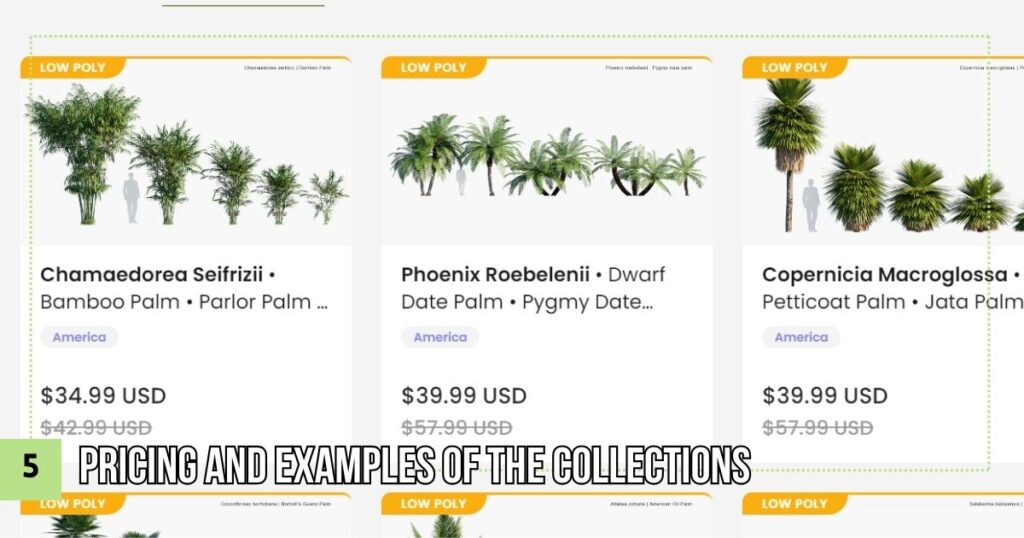
Price-wise, there are many ranges that the website offers and it all depends on how many assets the pack has and how complex they are, but in general, the big bundles are priced around 150$ to 250$, let’s take Bundle 10 as an example, it comes with 93 unique 3D plants, while some other bundles have way more assets or else, which in my opinion is a good return for the money, knowing how hard it is to model or to acquire this sort of assets.
But for those on smaller budgets and if you just need smaller ones, the website also offers small collections of assets, ranging from $30 to $50, such as packs of trees, grass, flowers, or all sorts of plant-themed elements, and if that is still not enough, the service goes even further to the next step, which we’ll see next!
Custom Requests:

So, as we’ve previously seen, the website offers bundles from all of the different regions of the globe. and I can see them fit any type of environment, at least in my opinion, but what if all of that is still not enough? What if you want something a bit more specific? Well, they have you covered too, because they also provide a custom requests service, and it works as the following!
First, you start by picking one of the two services they offer. Here, I’m talking about either requesting customization to an existing model or the creation of new ones from scratch. It depends on the context, maybe you have your own ideas, and you want totally new models, or maybe you already like ones from their library, but you want to change some details to fit your needs.
After that, you begin by submitting the species you would like to be created, accompanied by any photo references you may have. and then it’s just a question of time after their teams of experts reach back with multiple drafts for your reviews. following that, you can provide feedback for any necessary changes, and once the edits are made, the revised versions will be sent to you for approval, and then the final designs will be delivered to you directly. There are multiple prices and licenses of this service, as we can see on the screen, and it’s up to you to pick the one that suits you best!
Overview of their learning resources:
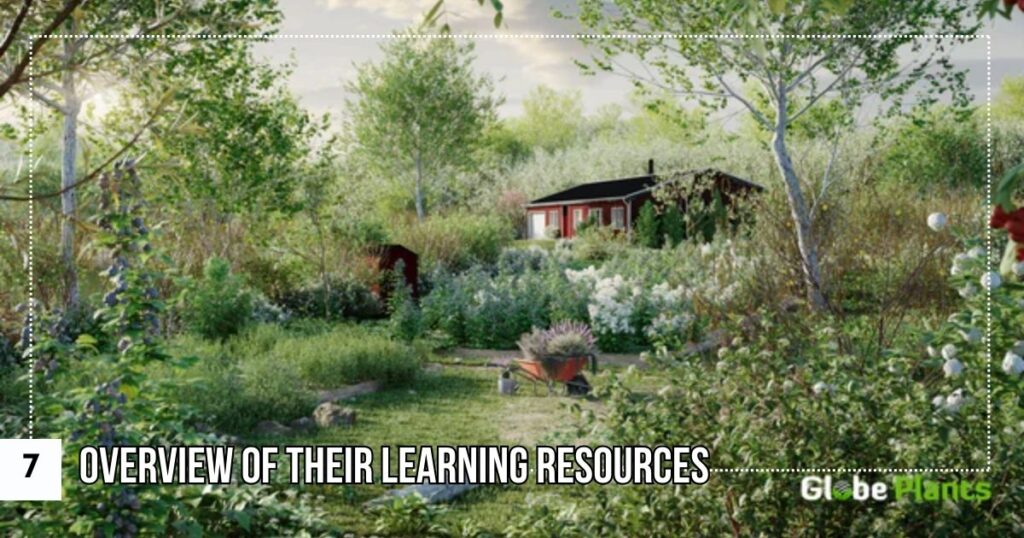
For those who are less comfortable with environment creation, or even 3D in general, they also offer an active and dedicated blog to teach all sorts of techniques and to get to know some of the plant models better. For example, they have a step-by-step guide of how to add wind animation into the Globe Plants models in 3ds max, with the help of the GrownFx plugin. By the way, you can use it to edit the assets if you download the GrownFX files. We can also find other articles to learn about the plant types. For instance, their characteristics and geographical features, as well as how they could be used, for us to get a better idea about them, and to know how to use them more efficiently.
Let’s take as an example, their article about the Japanese Maple 3d models, where they went over how they can be great for adding striking colors and adaptable growth to your environments, along with a full overview of where they could fit best, and their best placements in our 3D scene, as well as pieces of advice on how to get the best lighting setup for them, and many more things.
All and all, it is a nice little addition to the website, with a lot of valuable knowledge, so make sure to check it for further information and details about some of the bundle collections.


